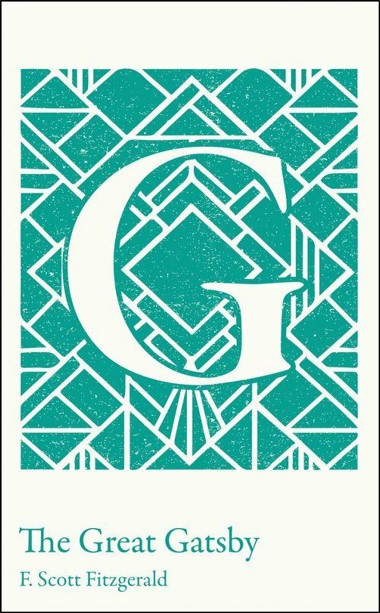In the 1920s, when ‘morals were looser and liqueur was cheaper’, society parties were the be-all and end-all of life. A good party made you a good person. Like Gatsby, Hemmingway loved a cocktail party but they are not all about frivolity and fun, there is etiquette and conversation to consider. This lesson allows your sixth formers to plan their own party based on the novel and can be used as a revision exercise or after crucial scenes in the novel.
Things to consider:
When would the party be held? At the beginning of the novel when characters are unaware of each other’s secrets? After a main event, which event would this be? Perhaps at the end of the novel, how would characters be feeling? You might even like to repeat the exercise to see how characters change towards each other as the novel progresses. You might find this works well in small groups as it is less daunting then performing in front of the class.
Students will need:
- Role Play. Can they act in character? Skills: Drama, empathy, further knowledge
- Guests. Who will they invite? Skills: deduction, revision, discussion.
- Drink choices. Can they invent tongue in cheek names for the cocktails? Skills: flair, imagination, language
- Outfits. What would guests wear? Skills: wider context, research
- Discussion topics. What would the characters discuss? What conversations are off-limits? Skills: Close textual analysis
- Party venue: Where would it be held? At Gatsby’s castle? Daisy’s manor? Nick’s cottage? On a yacht sailing down the Hudson?
Background:
Nick tells us that, ‘back then all of us drank too much, the more entwined with the drink we were, the more we drank and none of us did anything new’. The characters are bored and listless, looking for adventure, scandal and escapism. This is a tale of impossible love, lost dreams and ultimately tragedy. What illusions are cast? Who lives a life of deceit and deception?
Characters:
Students can choose to invite whoever they like, here are some ideas.
Nick Carroway: He is Daisy’s cousin and first introduces the reader to Gatsby. Who would he talk to at the party? What secrets is he trying to hide? Would he be drinking? Who would he gravitate to and who might he avoid?
Jay Gatsby: What are the rumours we know about him? ‘The Prince, the Spy, the Murderer’? How does he know the other characters? How does he want to be perceived? Who would he most like to talk to? How will he interact with that person? Who would he avoid?
Daisy Buchanan: A married woman of old money, would she stay by her husband’s side or talk to other characters? What secrets does she hide? How does she act in a room full of people? How will she respond to having her husband, the man she loves and her husband’s mistress all in one room?
Tom Buchanan: How does he act in social situations? Why does he keep getting phone calls during the party? How will he act having both his wife and his mistress at the party? What is he like when he is drunk?
Jordan Baker: Why is she invited? Who would she talk to? Which friends does she most sympathise with? Why did Gatsby invite her to parties in the first place?
Myrtle Wilson: Who accidentally invited Myrtle and to what aim? Who will she talk to? How will she behave? Is she blameless in this game of partners or will she act up in front of Tom? Will anyone challenge her in polite society?
Plenary activity:
Once students have been assigned to characters, ask them to bring in or draw on a piece of paper an item that they think most relates to the character. For example, for Tom, it could be a ringing phone, for Gatsby love letters from the war or a model of a flashy car. Ask students which items are the most accurate in their opinion. Is there a quote or item of the book that justifies this?
What did they enjoy the most about this activity? What skills have they used and how can they apply them to their understanding of the novel?
The Great Gatsby is part of the popular Collins Classroom Classics range – just £1.50 per copy for UK schools!
Collins Classroom Classics are KS3, GCSE and A-level set texts and plays that are perfectly pitched for students.
View the full range, including F. Scott Fitzgerald’s The Great Gatsby A-level students.
By Joanna Fliski
Joanna Fliski has taught English Literature and Language to 11-18-year-olds at an urban comprehensive secondary school for 10 years, she had the highest value added score for her students and was nominated for an outstanding teacher award. As well as teaching Drama and Media GCSE she was head of PSHE, trained teachers and is a behavioural specialist. Joanna currently teaches in primary schools in Bristol. She is also a freelance author, writing resources and teacher guides for the Cambridge IGCSE, creating schemes of work and contributing to a number of educational blogs.
Liked this? Discover more teaching tips for English set texts




